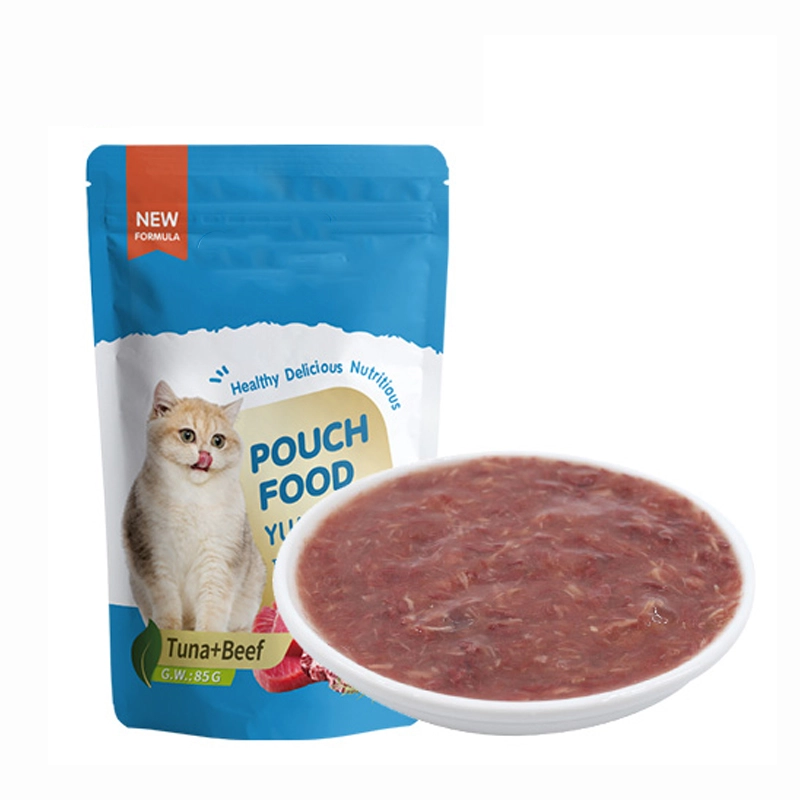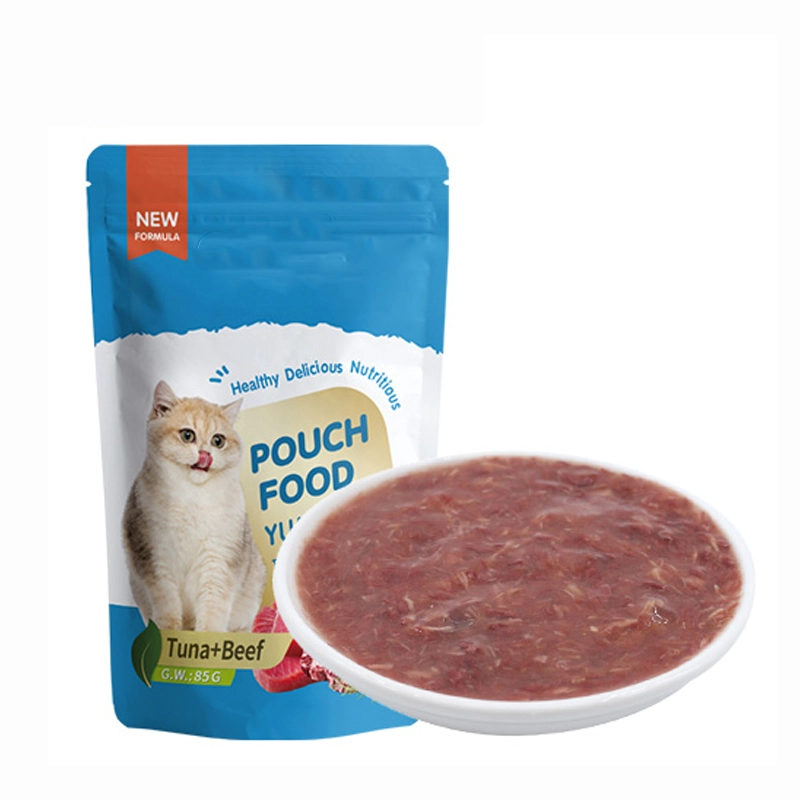pet treats
Unlocking the Secrets of High-Quality Pet Treats A Guide for Discerning Pet Owners

When it comes to pampering our beloved pets, treats play a crucial role in their lives. For pet owners, choosing the right treat goes beyond mere indulgence. It forms a part of their nutritional plan, training regimen, and even emotional bonding. While the market is flooded with various types of pet treats, selecting the right ones requires a nuanced understanding of both the pet's needs and product specifications.
For years, pet owners have been seeking treats that are both beneficial and appealing to their pets. One invaluable piece of advice is to look at the ingredient list critically. High-quality pet treats should primarily consist of whole, natural ingredients. They should contain minimal artificial additives, preservatives, or fillers. For dogs, treats that list meat, poultry, or fish as the primary ingredient are typically more nutrient-dense, providing essential proteins that are necessary for their vitality.

Veterinarians and pet nutrition experts affirm the importance of balancing treats with a pet's overall diet. Treats should comprise no more than 10% of a pet's daily caloric intake. This not only prevents obesity but also ensures that their primary diet remains the main source of nutrition. Consulting with a pet nutritionist can offer personalized insights geared toward specific breeds or health conditions.
Moreover, trends in the pet treat industry are now leaning toward functional benefits. Brands are infusing treats with supplements, aiming to address various health concerns such as joint health, skin and coat enhancement, and dental health. For example, glucosamine-enhanced treats for dogs are gaining traction among owners of older pets aiming to support joint health. Similarly, treats fortified with omega fatty acids promote a shiny coat and healthy skin.
pet treats
However, the expertise of the manufacturer also plays a critical role. Brands that conduct rigorous testing and follow ethical sourcing practices often produce higher quality products. Treats backed by scientific research and those produced under strict quality control standards are generally more trustworthy. Look for certifications or endorsements by veterinary professionals or animal nutritionists to gauge the authority of the product.
Building trust with a particular pet treat brand often involves looking into their reputation and history. Companies that have been in the industry for longer periods tend to have more refined processes and higher consumer trust levels. Customer reviews and feedback can also be a goldmine for understanding a product’s reception in the real world. Pay attention to how pets react to the treats—enthusiasm during treat time is a good sign, but any signs of digestive issues or allergies should be red flags.
Ultimately, choosing the optimal pet treat involves a combination of real-world experience, professional insights, and attention to the credibility of the product. A well-chosen treat can enhance the quality of life for pets, reinforcing training, providing mental stimulation, and fostering a deeper bond between pet and owner. As this field continues to evolve, staying informed and discerning is key to ensuring our furry friends enjoy both delicious and beneficial snacks.
For any pet owner keen on making the best choices, forward-thinking and careful evaluation of pet treats is a worthwhile investment. Your pet’s health, happiness, and well-being certainly deserve nothing less.







